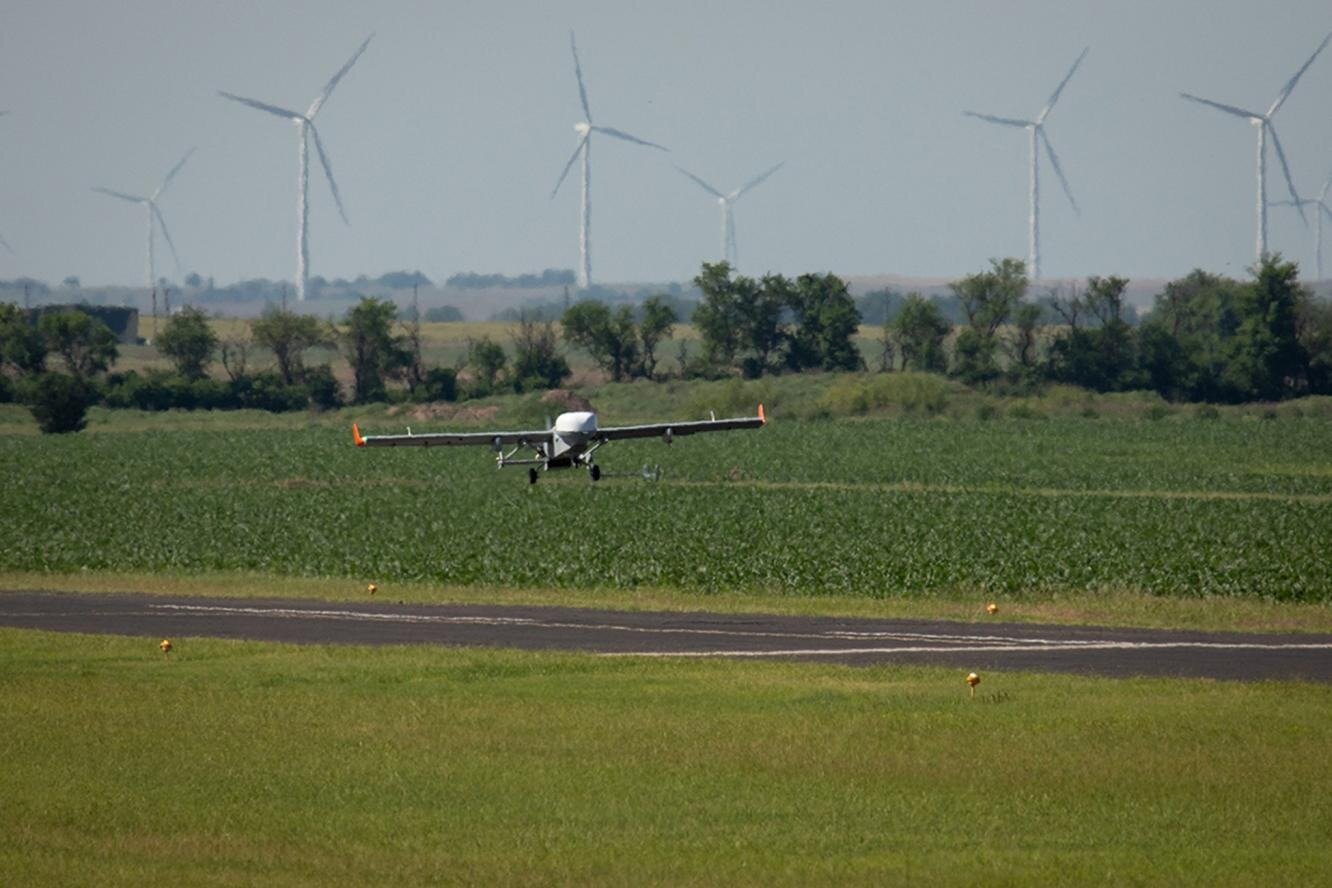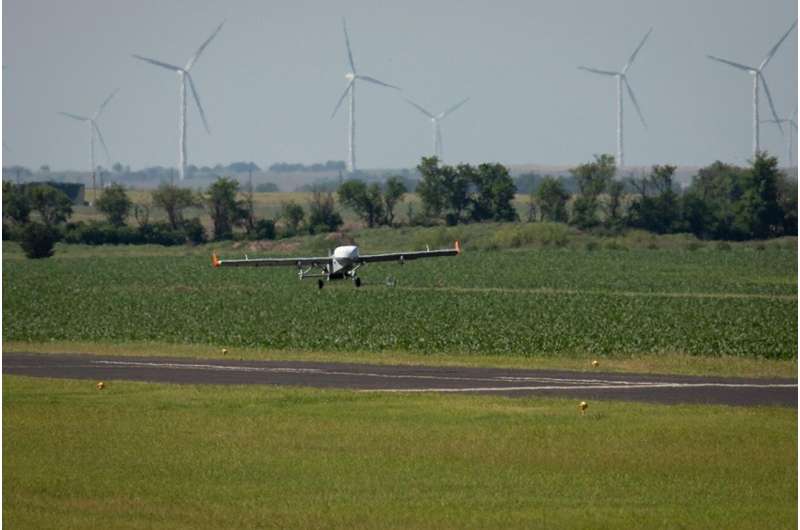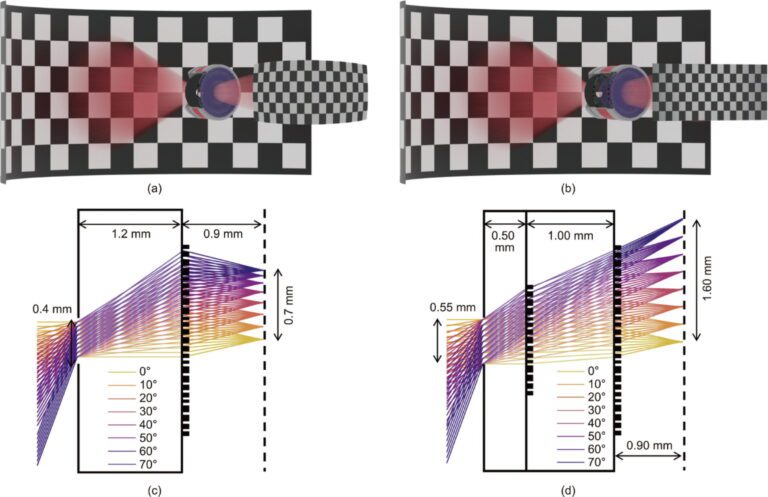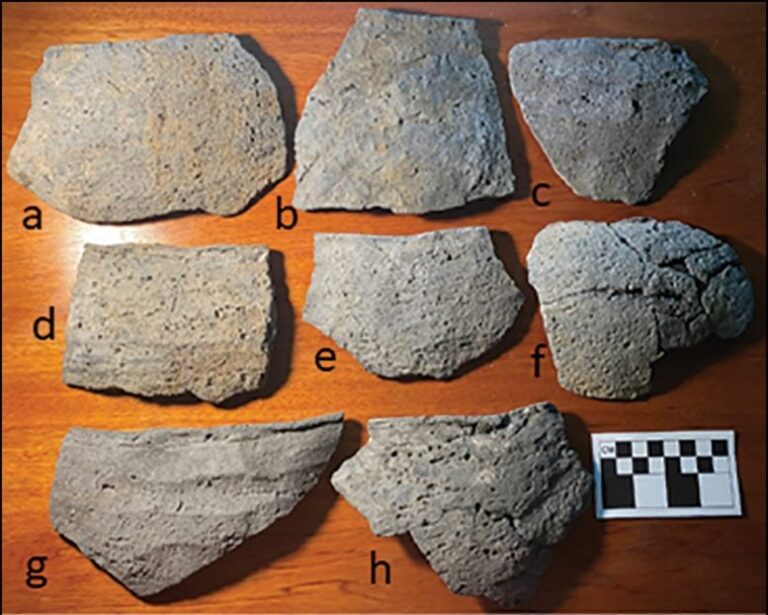

The spatial distribution of ambient aerosol particles plays a huge role in aerosol–radiation–cloud interactions; however, not enough sampling has been done from the atmospheric boundary layer and lower free troposphere. This leaves large gaps in predictions of anthropogenic changes in the atmospheric energy balance.
A multi-institutional team has introduced a new approach that merges in situ sampling and measurements using uncrewed aerial systems (UASs) with a cutting-edge three-dimensional chemical imaging analytical method (time of flight secondary ion mass spectrometry) to address this gap in understanding.
This combination allows researchers to collect data and samples from the real world for laboratory analysis, which provides new opportunities to advance scientific understanding. It also contributes data needed to make atmospheric models more accurate and reliable. Their accomplishment is reported in the Bulletin of the American Meteorological Society .
The team’s new approach and framework shows great potential in constraining process-level model simulations via integrating UAS observational capabilities and advanced chemical analysis. The team leveraged the development of UAS capabilities and advanced measurement techniques to obtain spatial data on the microphysical and optical properties of aerosols around the Atmospheric Radiation Measurement (ARM) user facility’s Southern Great Plains atmospheric observatory in Oklahoma.
The UAS flights are used to demonstrate the importance of characterizing aerosols’ chemical composition and surface properties for subsequent use in simulating the impact of microphysical and optical properties on radiative forcing. By integrating advanced chemical information with vertical profiles of the microphysical properties of aerosols, the fidelity of large-eddy simulations of aerosol effects on clouds and the radiation budget can be improved.
The team used three-dimensional molecular imaging techniques enabled by secondary ion mass spectrometry and nanogram-level chemical composition analysis to reveal aerosol properties and structural information.
Furthermore, the integration of novel chemical analysis techniques from the Environmental Molecular Sciences Laboratory (EMSL), which—like ARM—is a Department of Energy Office of Science user facility, enhances the aerial observational capabilities of ARM, enabling a better process-level understanding of atmospheric aerosols and their effects on climate. Together, these techniques help improve models concerning aerosol–radiation–cloud interactions.
More information:
Fan Mei et al, Bridging New Observational Capabilities and Process-Level Simulation: Insights into Aerosol Roles in the Earth System, Bulletin of the American Meteorological Society (2024). DOI: 10.1175/BAMS-D-23-0110.1
Provided by
Environmental Molecular Sciences Laboratory
Citation:
New approach reveals details about aerosol properties from hard-to-sample areas in the atmosphere (2024, September 27)
retrieved 27 September 2024
from https://phys.org/news/2024-09-approach-reveals-aerosol-properties-hard.html
This document is subject to copyright. Apart from any fair dealing for the purpose of private study or research, no
part may be reproduced without the written permission. The content is provided for information purposes only.





